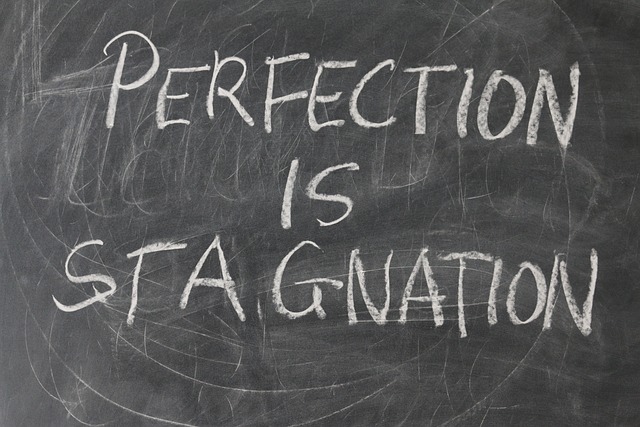
Critical Thinking in Science, Tech, and Workplace Culture
Critical thinking is often described as a disciplined mind‑set that turns observation into insight. It is a process of questioning, analyzing, and evaluating evidence before forming judgments or making decisions. In scientific research, this practice ensures hypotheses are testable, methods are rigorous, and conclusions are reliable. In technology development, it guards against blind optimism and forces engineers to anticipate unintended consequences. Within the modern workplace, critical thinking becomes a cultural cornerstone that fosters collaboration, drives innovation, and protects organizational integrity. The following exploration connects these arenas, highlighting how a values‑based approach to critical thinking can reshape the way we pursue knowledge, build tools, and conduct business.
Defining Critical Thinking in a Values Context
At its core, critical thinking is not just a skill set but a moral stance. It demands humility: recognizing the limits of one’s knowledge. It requires openness: welcoming diverse perspectives. It calls for integrity: committing to truth over convenience. When these values are embedded in a culture, critical thinking transcends individual performance and becomes a collective virtue. This alignment of values and practice creates a resilient framework that can weather uncertainty in science, navigate ethical dilemmas in tech, and sustain inclusive teamwork in any organization.
Science: Evidence, Replication, and the Ethics of Inquiry
Scientific progress depends on the continuous cycle of observation, hypothesis, experimentation, and revision. Critical thinking ensures each cycle is honest and thorough. Scientists must examine their own biases, scrutinize experimental design, and consider alternative explanations. Peer review, a communal act of critical scrutiny, protects against the spread of false claims. Moreover, the reproducibility crisis in several fields highlights how lapses in critical evaluation can erode public trust. By institutionalizing reflective practices—pre‑registration, data sharing, and open debate—research communities reinforce the values of transparency and accountability that underpin critical thinking.
Technology: Design, Impact, and Responsible Innovation
In technology, critical thinking starts before code is written. Engineers should question the necessity of new features, the scalability of solutions, and the environmental cost of deployment. The rapid pace of digital transformation can amplify short‑term gains at the expense of long‑term safety. A values‑driven approach compels teams to adopt ethical frameworks—privacy by design, algorithmic fairness, and human‑centered design—to guide decision making. When critical thinking is woven into every sprint, the result is technology that not only solves problems but does so with empathy and foresight.
Workplace Culture: From Hierarchy to Collaborative Inquiry
Many organizations still rely on top‑down directives, which can stifle dissent and suppress innovative ideas. Embedding critical thinking into workplace culture flips this dynamic. It encourages employees at all levels to voice concerns, challenge status quo, and experiment with alternatives. Structured decision‑making processes—such as devil’s advocacy, post‑mortem reviews, and cross‑functional deliberations—provide safe spaces for divergent thinking. As a result, companies develop more adaptive strategies, reduce failure rates, and enhance employee engagement. The values of curiosity, respect, and continuous learning become operational metrics that signal a healthy culture.
Values that Empower Critical Thinking
- Humility: Recognizing the limits of one’s knowledge and remaining open to correction.
- Transparency: Sharing data, assumptions, and reasoning to enable independent verification.
- Integrity: Prioritizing truth and ethical principles over expedience or personal gain.
- Curiosity: Actively seeking new information and questioning established norms.
- Collaboration: Leveraging diverse viewpoints to surface blind spots and enrich analysis.
When organizations internalize these values, critical thinking becomes an automatic, rather than a deliberate, activity. The result is a workforce that not only meets standards but raises them, setting a benchmark for the wider industry.
Practical Steps to Cultivate Critical Thinking
- Design regular reflective sessions: allocate time for teams to dissect recent decisions and outcomes.
- Implement structured dissent: appoint a devil’s advocate in meetings to probe assumptions.
- Invest in training: workshops on logical fallacies, evidence appraisal, and ethical reasoning.
- Reward inquiry: recognize employees who identify risks, propose alternatives, or challenge prevailing wisdom.
- Embed feedback loops: create mechanisms for rapid learning from failures and successes alike.
These steps, when consistently applied, transform critical thinking from a theoretical ideal into a daily practice that enhances scientific rigor, technological robustness, and organizational resilience.
Conclusion: A Vision for the Future
Critical thinking is more than an individual capability; it is a cultural lifeline that connects science, technology, and workplace values. By aligning critical thinking with humility, transparency, and integrity, we can ensure that discoveries are trustworthy, innovations are responsible, and teams are empowered. As the pace of change accelerates, those who embed these values into every layer of their organization will not only survive—they will shape the trajectory of progress itself. The future belongs to those who ask the right questions, examine evidence with rigor, and act with conscience, turning curiosity into concrete, ethical action.



